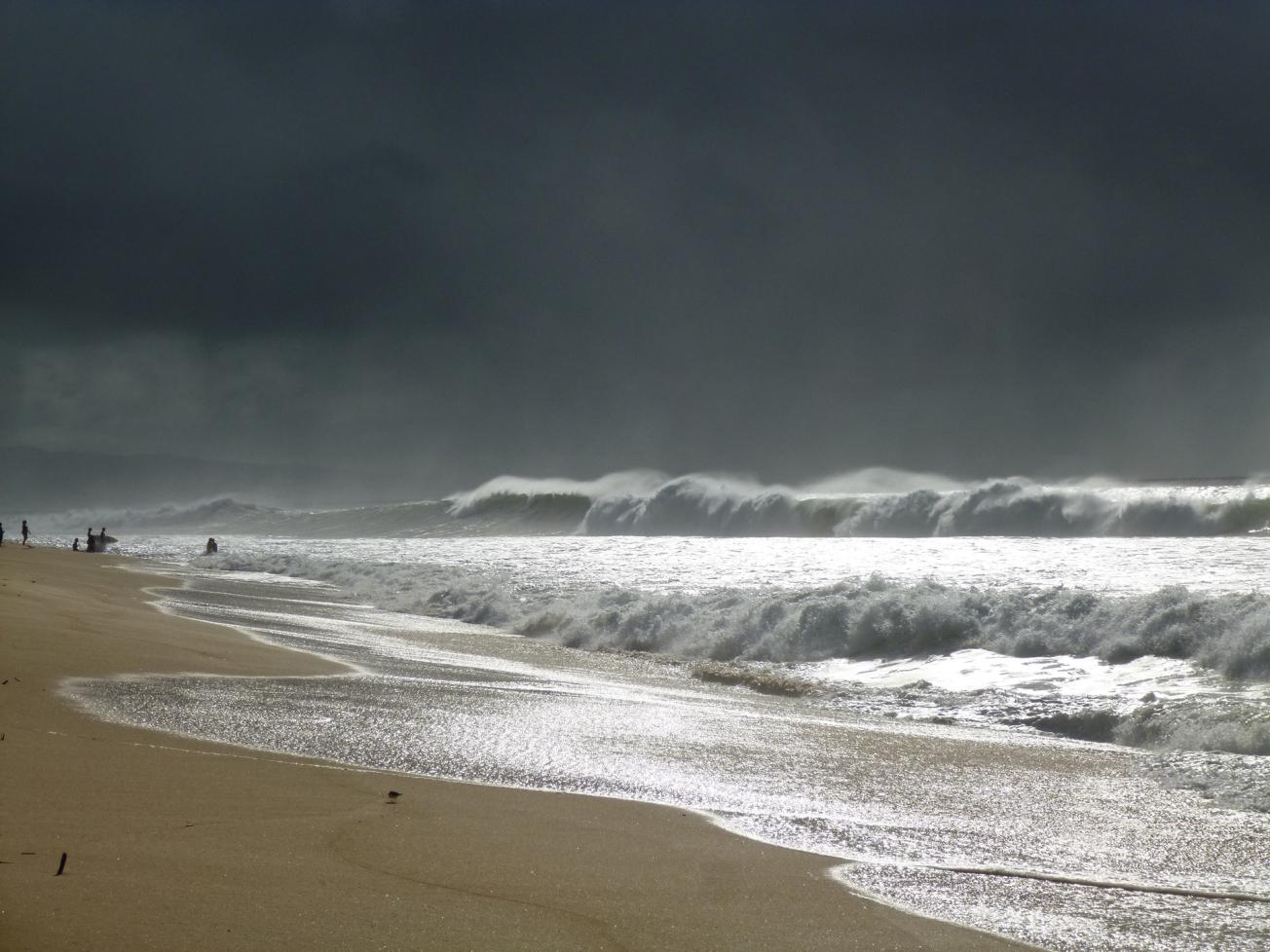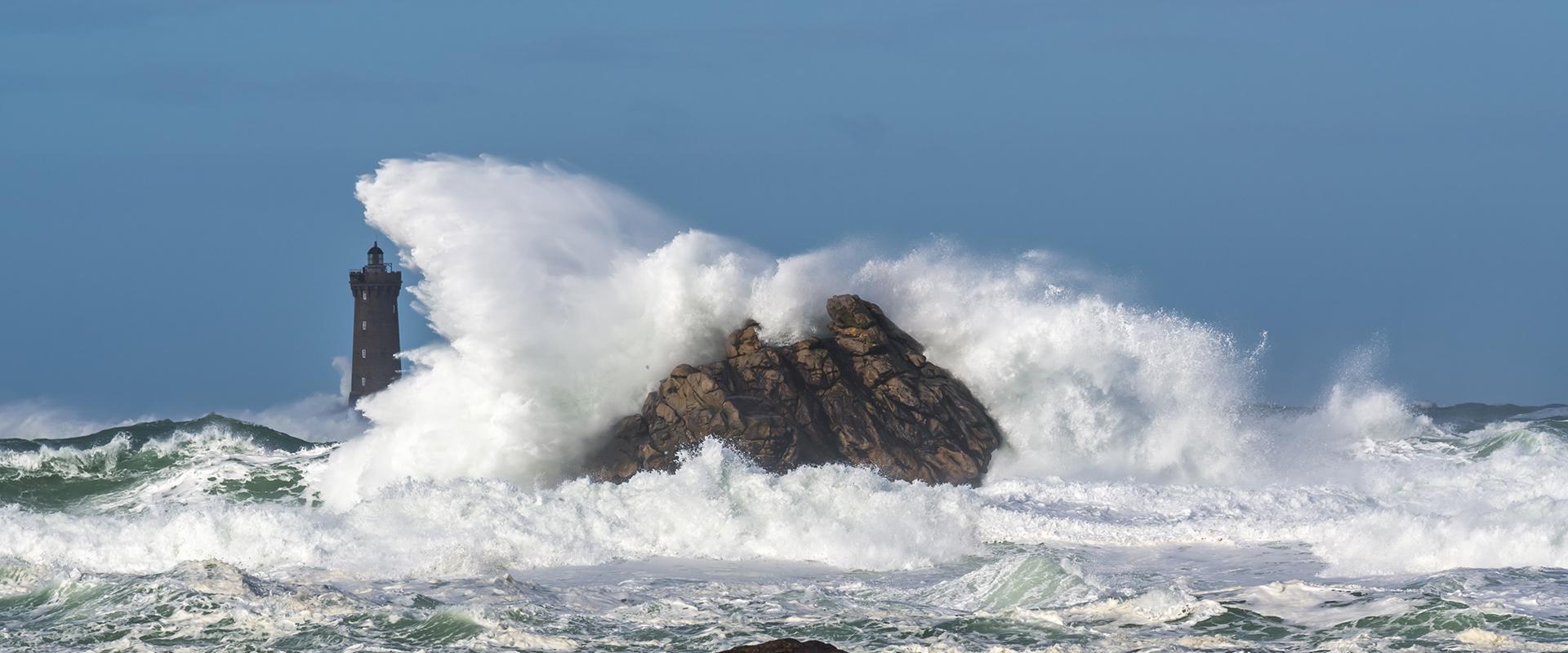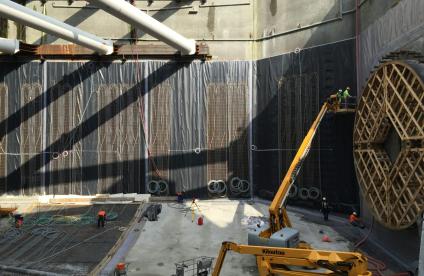
Swell breaking on the coastline (Island of Maui, Hawaii, 2012).
© BRGM - Marie Branellec
With climate change, coastal communities are coming under threat from variations in sea level at different spatial scales: global to regional variations are linked to shrinking glaciers and polar ice-caps and to the thermal dilation of the oceans, while smaller-scale coastal variations are additionally linked to atmospheric pressures, tides and waves.
Published in Nature Climate Change in late February 2018, a study conducted by researchers from Mercator Ocean with the Spatial Geophysics and Oceanography Laboratory (LEGOS/OMP, Paul Sabatier University / CNRS / CNES / IRD) and the BRGM focused on the hitherto less researched topic of the long-term contributions of waves to sea-level rise in coastal areas.
The contributions of waves governed by inter-annual to multi-decadal timescales to sea-level rise in coastal areas have been underestimated
The study, covering 1993 to 2015, shows that in coastal areas, the contributions of waves to inter-annual to multi-decadal sea-level variations can be of a similar order of magnitude to contributions from thermal dilation of the oceans and the shrinkage of glaciers and polar ice caps.
By 2030-2050, waves are likely to contribute significantly to changes in sea-level along coastlines.
These contributions will need to be included in projections of sea-level rise along coastlines, especially to support adaptation to coastal flooding.







